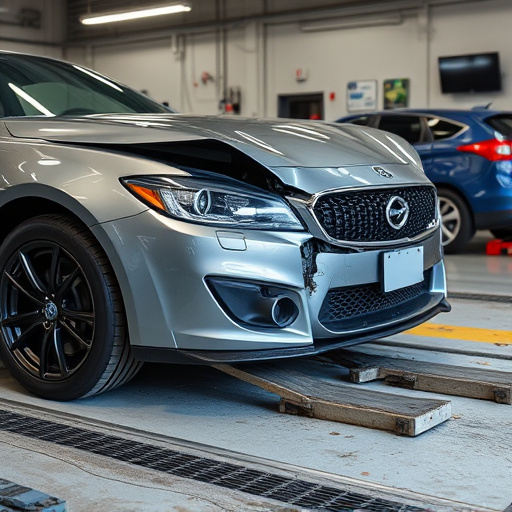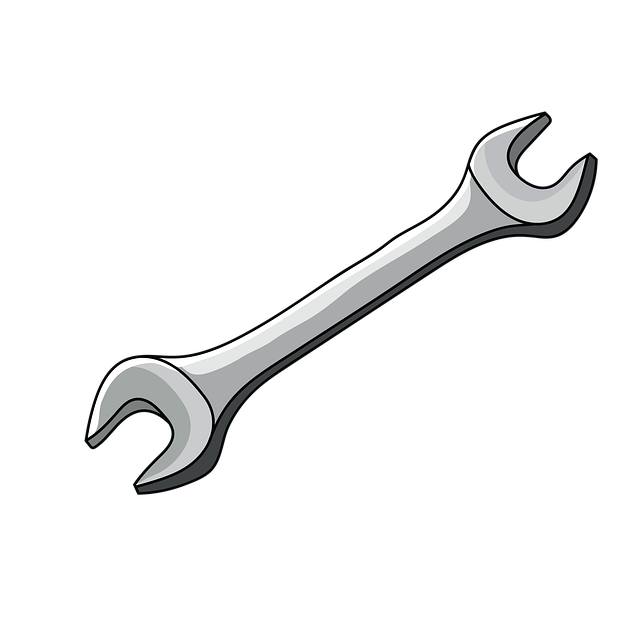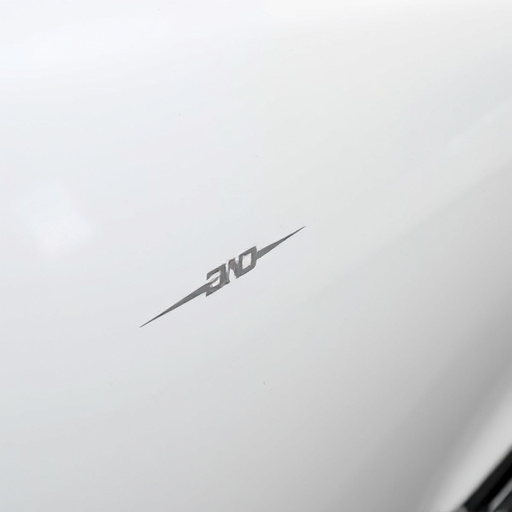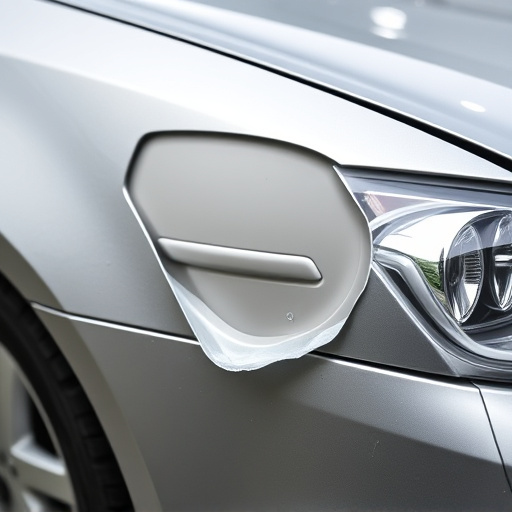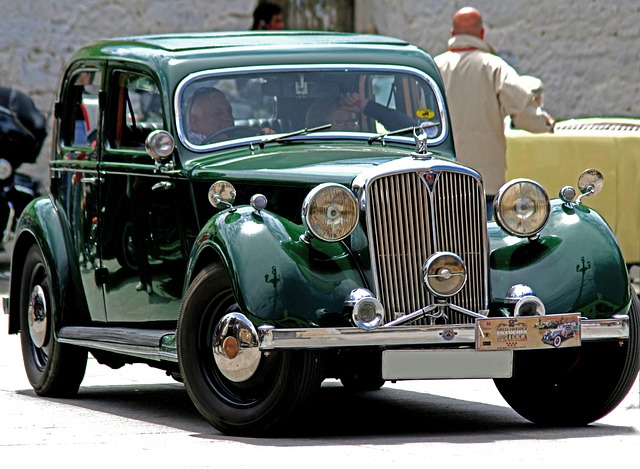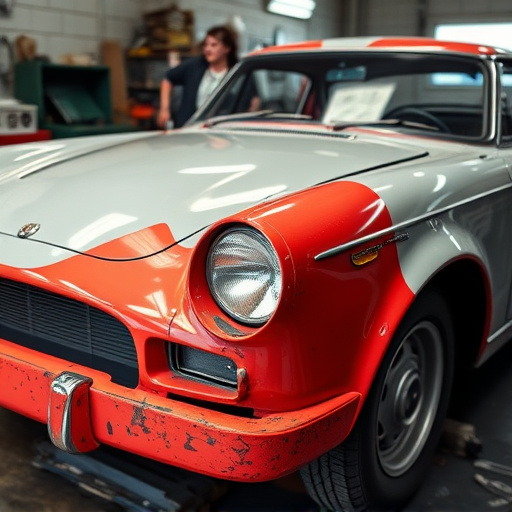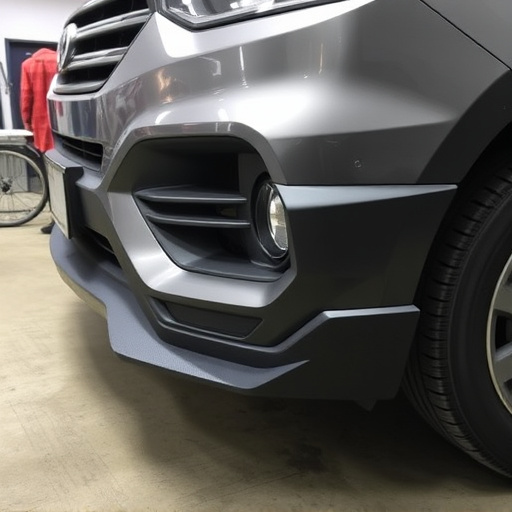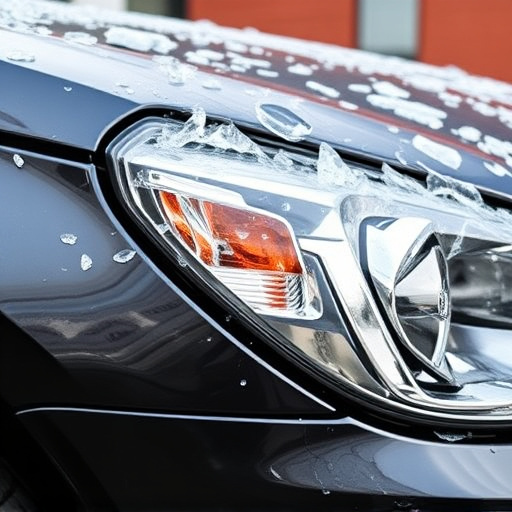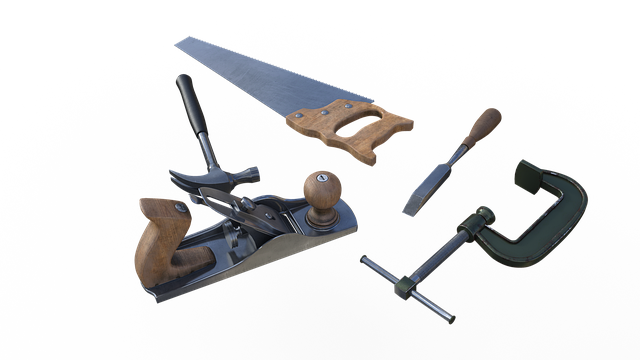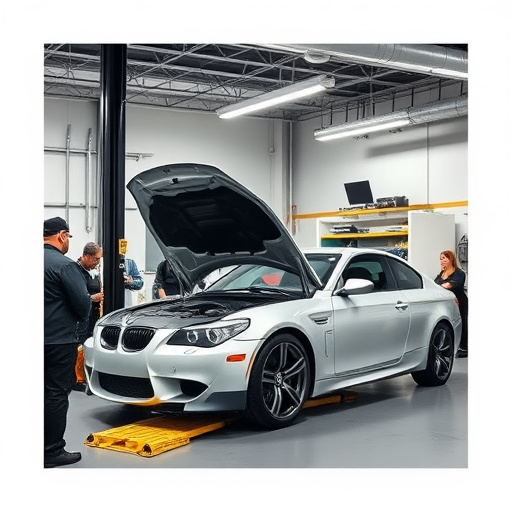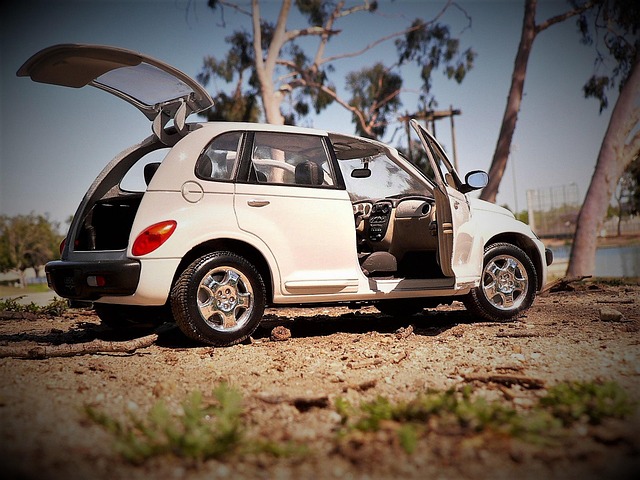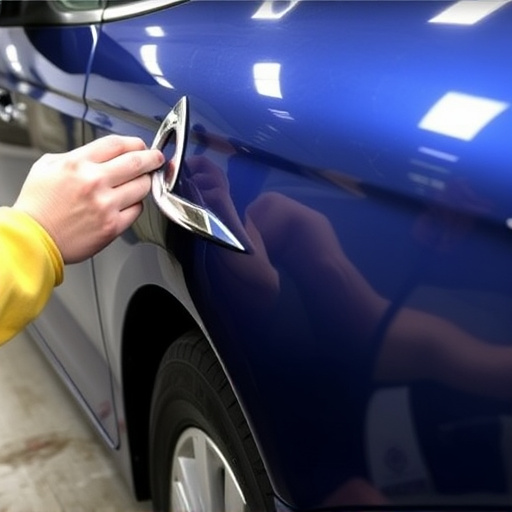The pulling system is a revolutionary tool in collision repair, streamlining processes, reducing labor time, and enhancing accuracy, especially in complex panel removal. Technicians must understand its interaction with car parts like frames and fenders for seamless repairs, ensuring superior aesthetics and safety standards. The process involves thorough inspection, structured planning, using specialized equipment, and adherence to best practices, including manufacturer guidelines, advanced diagnostics, proper training, clean workspace, and high-quality materials to maintain modern vehicles' structural integrity.
In the realm of automotive collision repair, the pulling system plays a pivotal role in realigning and restoring vehicles to their pre-incident condition. This article delves into the intricate process of performing a pulling system collision repair, offering a comprehensive step-by-step guide for professionals. From understanding the pulling system’s functionality to implementing best practices for quality and safety, this resource equips mechanics with the knowledge needed to excel in this specialized field, ensuring optimal results for every repair.
- Understanding the Pulling System and its Role in Collision Repair
- Step-by-Step Guide to Effectively Performing a Pulling System Collision Repair
- Best Practices and Tips for Ensuring Quality and Safety in Pulling System Repairs
Understanding the Pulling System and its Role in Collision Repair
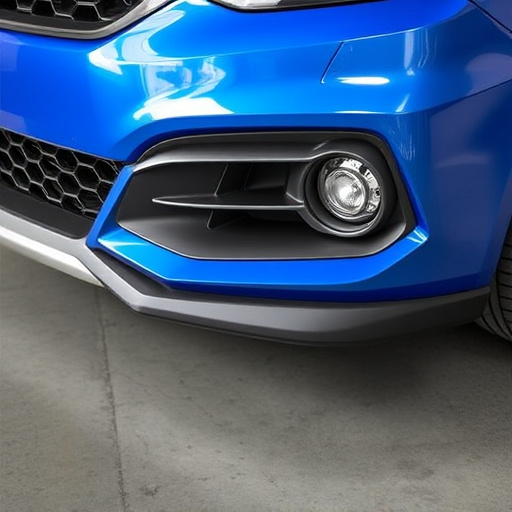
In the realm of collision repair, the pulling system stands as a cornerstone technology, revolutionizing how auto body shops tackle complex repairs. This innovative mechanism facilitates precise and efficient removal of damaged panels from vehicles, replacing them with pristine ones for vehicle paint repair. The pulling system’s role goes beyond just deconstructing cars; it streamlines the entire process, reducing labor hours and enhancing accuracy in tire services and other critical components.
By employing this system, automotive body shops can navigate intricate disassembly and reassembly tasks with unparalleled ease. Understanding how the pulling system interacts with various car parts, from frames to fenders, is paramount for technicians. This knowledge enables them to orchestrate a seamless symphony of repairs, ensuring each component receives meticulous attention, ultimately resulting in superior vehicle aesthetics and safety standards.
Step-by-Step Guide to Effectively Performing a Pulling System Collision Repair
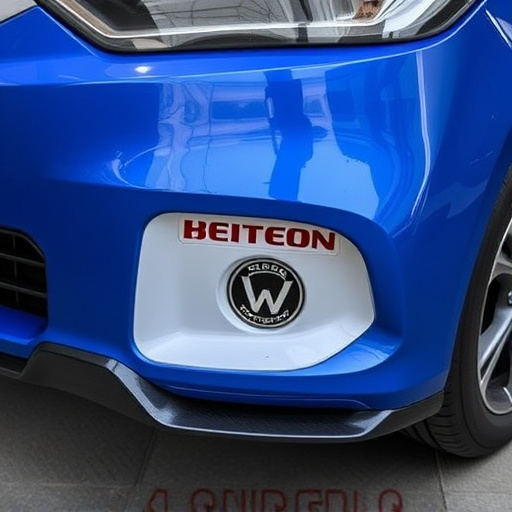
Performing a pulling system collision repair requires precision and a systematic approach to ensure optimal results for car body repair. Start by thoroughly inspecting the damaged vehicle at an auto collision center, identifying all affected components. This involves assessing the extent of dents, cracks, or misalignments in both structural and cosmetic elements. Once identified, create a detailed plan outlining the sequence of repairs, prioritizing based on severity and interdependence of parts.
Next, utilize advanced tools like hydraulic jacks and specialized pulling equipment to carefully separate and isolate the damaged area from the rest of the vehicle. This step is crucial for precise auto dent repair and ensuring minimal strain on surrounding components. After isolation, begin the actual repair process, which may involve straightening bent metal, removing and replacing damaged panels, or realigning misaligned frames. Throughout, maintain a clean workspace to prevent contamination and ensure the highest quality car body repair standards.
Best Practices and Tips for Ensuring Quality and Safety in Pulling System Repairs

When performing a pulling system collision repair, adhering to best practices is paramount to ensure both quality and safety. First and foremost, always refer to the vehicle manufacturer’s guidelines and specifications for the specific make and model being repaired. This ensures that the structural integrity of the vehicle is maintained throughout the process. Utilizing advanced diagnostic tools can help identify any hidden damage or issues, allowing for a more precise and comprehensive repair.
Another crucial tip involves proper training and certification for all personnel involved in the pulling system collision repair. Trained technicians understand the intricate mechanisms of modern vehicles and have the expertise to handle complex repairs safely. Furthermore, maintaining a clean and organized workspace reduces the risk of further damage or errors. Utilizing high-quality tools and materials is also essential; subpar equipment can compromise the repair’s longevity and overall safety.
The pulling system plays a pivotal role in modern collision repair, offering precise and efficient metal shaping. By understanding its capabilities and following a structured approach, technicians can achieve high-quality repairs that restore vehicles to their pre-accident condition. This step-by-step guide, combined with best practices, ensures the safety and effectiveness of every pulling system collision repair.
